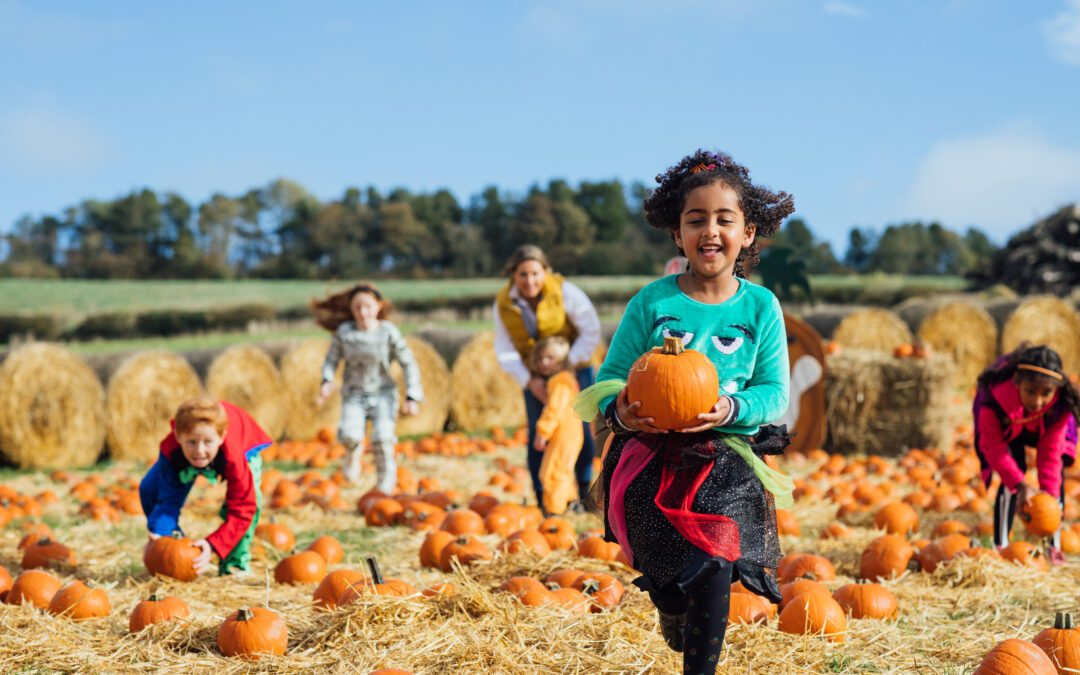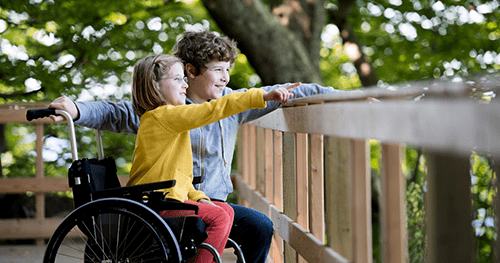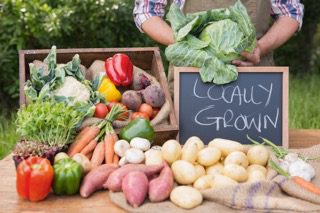
by rachael | Sep 27, 2024 | Local
Experience the magic of fall with a visit to one of Maine’s best pumpkin patches! These charming destinations offer more than just pumpkin picking – they provide fresh air, movement, and quality time with those we love. Whether you’re searching for an...

by rachael | May 25, 2023 | Local
Time outdoors provides a range of physical, emotional, and mental benefits for your health and well-being and is something that people of all abilities should be able to enjoy. Whether you have a wheelchair, walker, stroller, or another mobility device, or simply want...

by rachael | Jun 1, 2022 | Awareness, Events, Nutrition
Fresh, unprocessed, whole foods are great sources of vitamins, minerals, and other beneficial nutrients your body needs—think vegetables straight from the garden, hand-picked fruit, and locally raised meat and dairy products. Fortunately in Maine, there are many ways...




